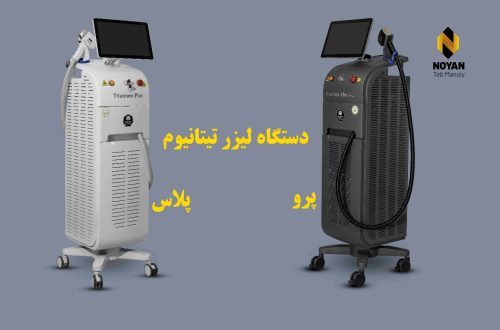In the world of manufacturing and engineering, the art of toolmaking is nothing short of a cornerstone. Tools are the unsung heroes of modern society, enabling us to build, shape, and create the products we rely on every day. Whether it’s the car you drive, the smartphone in your pocket, or the appliances in your home, all of these items owe their existence to the tools used in their production. Among the various techniques employed in toolmaking, hot forging stands out as a venerable and highly effective method. In this blog, we’ll delve into the fascinating world of hot forging in toolmaking and explore how it contributes to shaping the tools of tomorrow.
The Basics of Hot Forging
Hot forging is a metalworking process that involves heating a piece of metal to a temperature where it becomes malleable but not molten and then shaping it into the desired form using dies and presses. This method has been practiced for centuries and remains a fundamental process in modern toolmaking and manufacturing for several reasons:
- Enhanced Strength and Durability: Hot forging significantly improves the mechanical properties of metals. When a metal is heated and forged, its grains are rearranged, resulting in a finer, more uniform microstructure. This makes the metal stronger, tougher, and more resistant to fatigue, which is essential for tools subjected to high-stress conditions.
- Precision and Consistency: Hot forging allows for intricate tool designs with tight tolerances. The dies used in the process are precisely machined to create the desired tool shape consistently, ensuring that each tool produced meets strict quality standards.
- Material Efficiency: Unlike some other manufacturing methods that generate a significant amount of waste material, hot forging produces minimal scrap. This makes it a sustainable and cost-effective choice for toolmaking.
- Versatility: Hot forging can be used with a wide range of metals, including steel, aluminum, and titanium. This versatility enables toolmakers to create tools suitable for various applications and industries.
Applications of Hot Forged Tools
Hot forged tools find applications in numerous industries and sectors. Some of the most common uses include:
- Automotive Industry: Hot forged components are vital in the automotive sector, where they are used in engine parts, transmission components, and chassis components. These tools need to withstand extreme conditions, making hot forging an ideal choice.
- Aerospace Industry: The aerospace industry relies on precision and reliability, and hot forged components are essential for meeting these demands. Components like landing gear, turbine blades, and structural elements are often hot forged.
- Construction and Infrastructure: Tools used in construction, such as hammers, chisels, and wrenches, are commonly hot forged. These tools must endure heavy use and high-stress conditions.
- Oil and Gas Industry: Hot forged tools play a crucial role in drilling and exploration operations. Drill bits, valves, and pipeline components must be durable and able to withstand harsh environments.
Innovations in Hot Forging
While hot forging itself is a well-established technique, continuous advancements in materials science and manufacturing technology have led to innovations in the field. These innovations are driving the creation of tools that are not only stronger and more durable but also lighter and more efficient.
- Materials: Engineers are constantly developing new alloys and materials that offer superior performance characteristics. These advanced materials are being incorporated into hot forged tools, pushing the boundaries of what’s possible.
- Automation: Automation is making hot forging processes more efficient and cost-effective. Automated presses and robotic systems are being used to streamline production, reduce labor costs, and improve consistency.
- Simulation and Modeling: Computer-aided design (CAD) and simulation tools allow engineers to design and optimize hot forging processes with a high degree of precision. This enables the creation of complex shapes and ensures that the resulting tools meet the desired specifications.
- Sustainability: The manufacturing industry is increasingly focused on sustainability. Hot forging’s minimal waste generation and energy efficiency make it an eco-friendly choice. Manufacturers are also exploring ways to reduce the environmental impact further through recycling and responsible sourcing of materials.
The Future of Hot Forging in Toolmaking
As technology continues to advance, hot forging will remain a key process in toolmaking. The tools of tomorrow will be lighter, stronger, and more precisely engineered than ever before, thanks to ongoing innovations in hot forging techniques and materials. Whether it’s a tool used in the aerospace industry, the automotive sector, or any other field, hot forging will continue to play a crucial role in shaping the tools that drive progress and innovation.
In conclusion, hot forging in toolmaking is a time-tested and indispensable process that is at the heart of modern manufacturing. Its ability to enhance the strength and durability of tools, combined with ongoing innovations, ensures that hot forged tools will remain a cornerstone of various industries for years to come. As we look to the future, hot forging will continue to be instrumental in creating the tools that shape our world.





